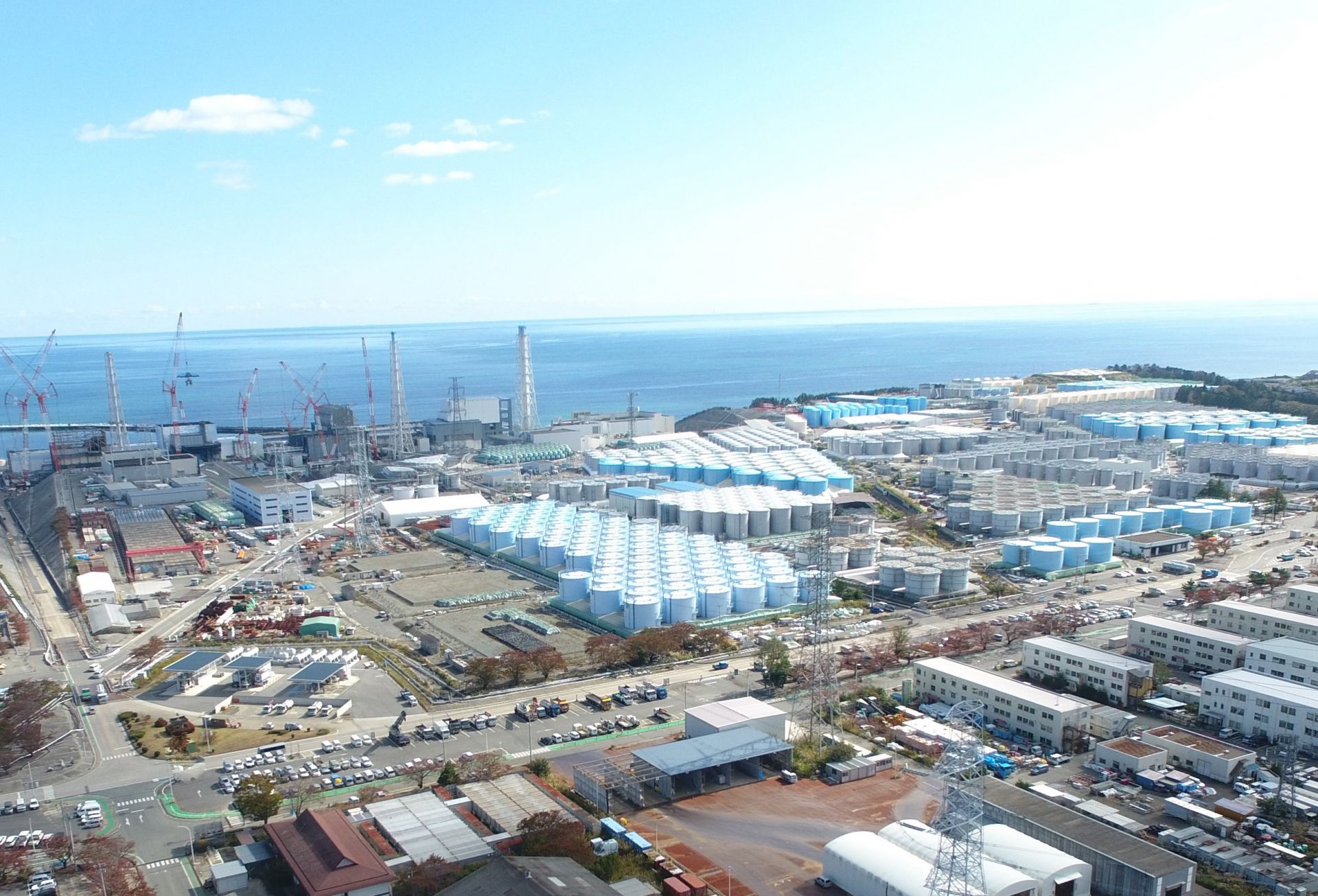Federal and contractor officials participate in a groundbreaking ceremony for the WEPAR project on April 7 at the Y-12 National Security Complex in Oak Ridge. Photo: DOE
A project to reduce by approximately half the high-security protected area at the Department of Energy’s Y-12 National Security Complex in Oak Ridge, Tenn., will avoid millions of dollars in costs and accelerate cleanup, the DOE’s Office of Environmental Management (EM) announced.
A retired USGS geologist shares his experience of working on the publicly misunderstood nuclear waste repository and its geology.
The author on a typical day at Yucca Mountain, with Solitario Canyon and the flat-topped repository block seen in the background.
SRNS engineers (from left) Will Jolin, John Bradley, and Joao Cardoso-Neto discuss a plan to move and repurpose equipment used at 19 soil cleanup sites. Photo: DOE
A project to passively remove nonradioactive contaminants from the soil and groundwater at the Department of Energy’s Savannah River Site in South Carolina is coming to an end, as workers prepare to remove solar-power “plugs” from 19 soil remediation locations at the site.
The NRC-licensed independent spent fuel storage installation at Zion, Ill.
A radiological worker surveys the inside of a TRUPACT-II containment lid during waste handling operations at WIPP. Photo: DOE
An image from a video released by INL shows MARVEL, to be installed in a concrete pit within the TREAT reactor building. Source: INL
Scientists studied the migration of six butterflies (from top left to bottom right): American Snout butterfly, Queen butterfly, Cloudless Sulphur butterfly, Empress Leilia butterfly, Variegated Fritillary butterfly, and Southern Dogface butterfly. (Composite photo: IAEA; photo credits: S. Bright, V. Charny, J. Gallagher, J. Green)
While scientists can tag migrating birds, mammals, and other animals to track their movements, the precise migration patterns of butterflies and other insects too small for tagging evaded scientists’ scrutiny for decades. That changed in 1996, when Leonard Wassenaar and Keith Hobson, working at the time as isotope scientists for Environment Canada, demonstrated that isotopic techniques could be used to determine the origin of individual monarch butterflies and deduce the species’ annual migration routes. Now, the same technique is being used to study other butterfly species.
Lise Meitner and Otto Hahn in their lab in Germany in 1913.
Comparing matter to a “lush tapestry, woven from a complex assortment of threads,” physics writer Emily Conover traces the evolution of our understanding of the atom over the past century in the recent Science News article, “How matter’s hidden complexity unleashed the power of nuclear physics.” Conover uncovers how our vision of matter changed from that of a “no-nonsense plaid” to one of an “ornate brocade,” ultimately transforming nuclear physics from an arcane academic pursuit to something that forever changed the world.
The Indian Point nuclear power plant
With a blunt but indisputably accurate headline, an article from yesterday’s New York Times on the imminent closure of Indian Point makes it immediately clear what will happen when Unit 3, the nuclear plant’s last operating reactor, is shut down at the end of this month: The state of New York will be forced to rely more heavily on fossil fuels for electricity generation.
Following the retirement of Indian Point-2 last April, the share of New York’s power coming from gas-fired plants rose to about 40 percent, from about 36 percent in 2019, the piece notes, adding that the share from renewables moved up only slightly, to about 30 percent.
A current picture of the Fukushima nuclear power station with the more than 1,000 water storage tanks on site. Photo: Courtesy of TEPCO.
The Japanese government will soon announce the decision to dispose of stockpiled Fukushima wastewater into the Pacific Ocean, according to an AP News story published last Friday. The decision is years in the making and follows the guidelines from a panel of government-appointed experts named the Subcommittee on Handling of the ALPS-Treated Water (ALPS Subcommittee).
Construction of Norman was completed in 2017. Photo: TAE Technologies
TAE Technologies has announced that it has produced a stable plasma of over 50 million degrees celsius inside a fusion device using a beam-driven, field-reversed configuration. “By generating such stable high-temperature plasmas, TAE has now validated that the company’s unique approach can scale to the conditions necessary for an economically viable commercial fusion power plant by the end of the decade,” the company declared in its April 8 press release. The company added that the results indicate the design’s linear configuration improves plasma confinement as temperatures rise.

















.jpg)


